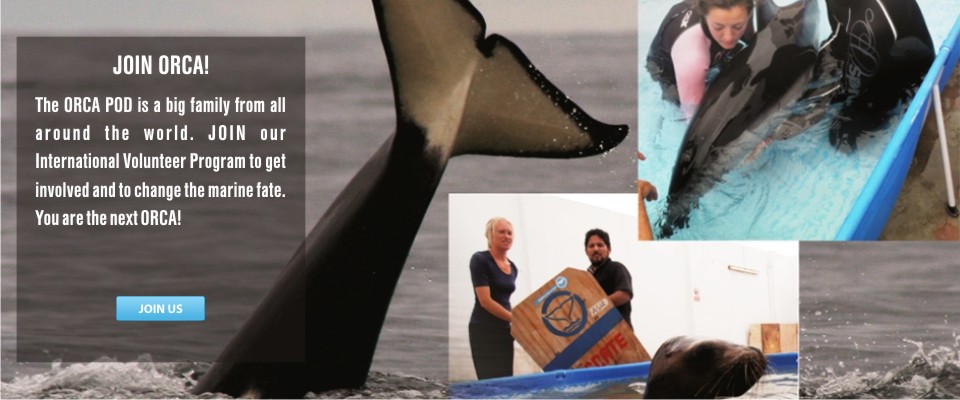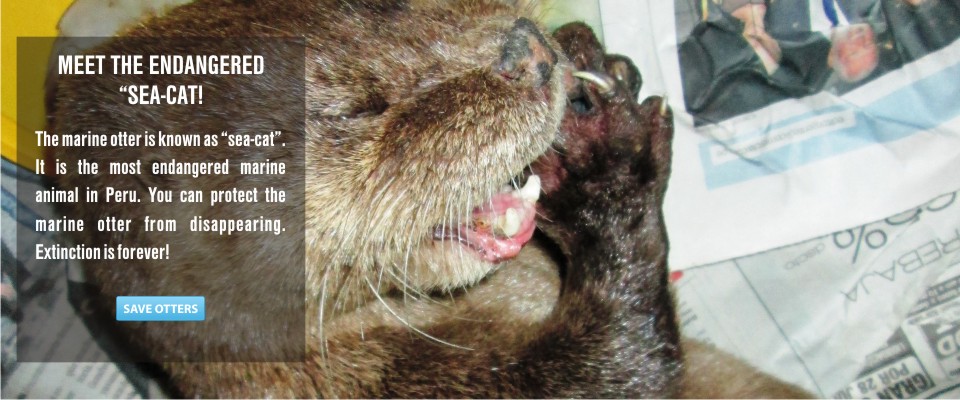| |
|
MARINE ISSUES
PENGUINS
|
|
Penguins in South America are
tropical species, threatned by
habitat destruction and illegal hunt.
|
 |
Peru is home to the threatened Humboldt
penguin
(Spheniscus humboldti), found only off the coasts of Peru and Chile.
• Humboldts keep their young in caves, preferably amongst guano, and both parents take care of the young for 70-90 days. Humboldt penguins grow between 56-66cms in height and weigh up to 5kgs. They have a distinctive black horseshoe band on their front and pink from their eye to their beak. This species is highly influenced by the cold, nutrient rich waters of the Humboldt Current flowing from Antarctica, providing a productive area for plankton, krill and thus increasing fish abundance. Their main diet is small fish such as anchovies and sardines, which they will swallow whole. The current population of the Humboldt Penguin is estimated to be between 3,300 and 12,000 individuals, with the IUCN listing them as threatened.
• The Humboldt penguin used to be highly abundant but was first threatened by the mining of guano deposits for fertilizers, drastically reducing their numbers. Since then the species has seen large population size fluctuations. One natural threat to the species is the effects of El Niño, where the cold, nutrient rich waters are reduced, thus causing a decline in the number of fish species and therefore the penguins. The 1982-83 El Niño reduced the population from approximately 20,000 individuals to only 5,500. Although the numbers steadily rose again the 1997-98 El Niño also caused another decline to only 3,300 Humboldt penguins. Humans still cause an ongoing threat towards the species, with penguins becoming caught in commercial fishing nets, oil pollution, for human consumption, the pet trade or just a decrease in fish due to the increasing numbers of fishermen, leading to starvation.
In January 2014 the first Galapagos penguin (Spheniscus mendiculus) was found in Peru by ORCA, for the first time. This species is still believed to be endemic to Galapagos Islands, however since this first sighting we know there are now small colonies of Galapagos penguins in Peru. They are the most northerly breeding penguin species and appear to have followed the increasingly warm currents to Peruvian waters. Galápagos penguins have suffered similar threats to the Humboldt; fluctuations in El Niño years, getting caught in illegal fishing nets and the increasing number of fishermen reducing the numbers of shoaling fish. This species has also suffered other threats living primarily on two islands in the Galapagos and the numbers of introduced feline species
(Felis catus) reduced numbers by 49%. These feral cats also carry parasites, which can be transferred to the penguin. Another issue is the introduction of Mosquitos
(Culex quinquefasciatus) in the 1980s, because these penguins are highly susceptible to avian malaria. Arguably the largest worry is that of the growing human population and tourists visiting the islands, therefore if breeding groups are successfully forming off of Peru, it will be very good for the health of the species to expand their range. Galápagos penguins have a very different physiology to Humboldts (Spheniscus humboldti). Galápagos are smaller in general, with adults only reaching up to 49cm compared to the 56-66cms of the Humboldt, making them the second smallest penguin species in the world. But in comparison they have longer legs and very large feet. Humboldts are also much more upright – they stand up straight so to speak where’as Galápagos are more bent over. The beak is another difference, the Galápagos’ beak is longer and slender with pink only on part of the lower beak, whilst adult Humboldts have large pink fleshy areas from their eyes and above and below their beak.
CONTACT US
|
|
ORCA WORLD

 |
ORCA CHRONICLES
News, Photo & Video Gallery
|
|
Learn about our successful stories, the news, and
chronicles that made history in Peru, from the heart of
the South Pacific. ENTER
|
 |
ORCA PERU
NETWORK
JOIN US & SHARE!
|
|
We protect that we love, and we love that we know. Join us from anywhere around Peru or the world and share with us our love for the ocean.
ENTER
|
 |
ORCA
SHOP
MARINE STORE
|
|
T-shirts, sweatshirts, caps, bags, exclusive posters, unique photocards, vintage badges and keychains…the ORCA shop is the right place to enjoy, to make your pick and to support!
ENTER
|
 |
ECOSONAR
NEWSLETTER
|
|
Our newsletter connects you with the marine mammal
world! Learn the latest news about the ocean and the
press releases that made ORCA an advanced referent in
the South Pacific.
ENTER
|
| |
|
























